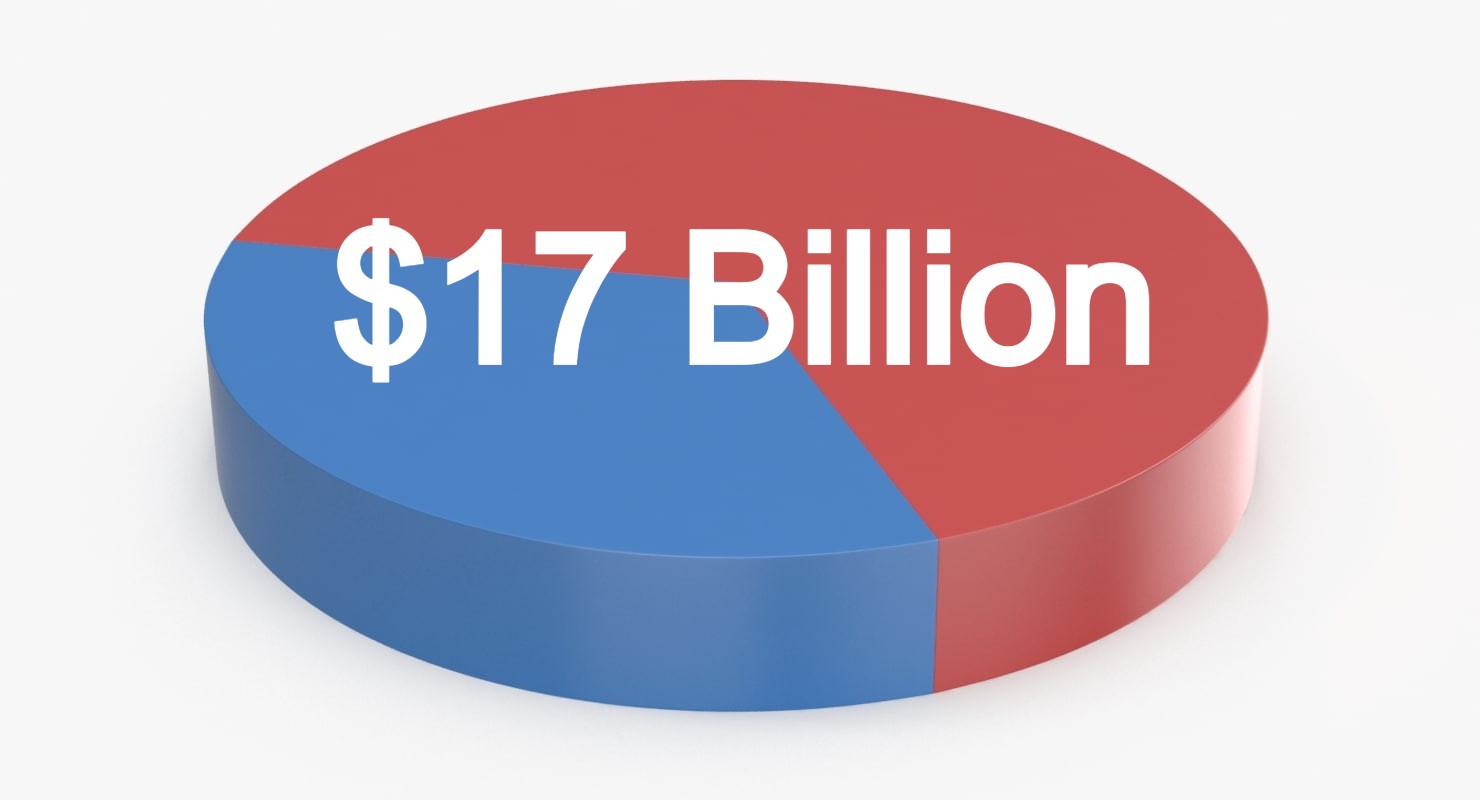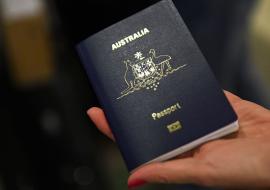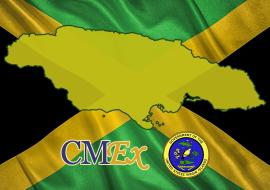Global Airport Security Market to Exceed $17 Billion by 2026

The global airport security checkpoint design has been evolving for decades to respond to new threats and incidents that have emerged in the recent past and into the present.
As aviation security organizations look to the future, checkpoint designs are being enhanced to protect against kinetic attacks directed at the checkpoints themselves and to incorporate new technologies, like facial recognition and AI, to supplement existing policies and identify threats faster than ever before.
The ongoing threat of terrorism, along with innovations in technology, policy and design principles, are changing airport security checkpoints across the globe.
Through the decades, checkpoints have evolved in tandem with these variables and have adapted into sophisticated systems for threat detection. Facial recognition technology, CT scanning, risk-based security, and crime prevention through environmental design are solutions and principles being deployed at checkpoints across the globe. With all this continuing stage of innovation, it is no wonder that experts project that revenues in this sector will continue their rise in revenues for years to come.
A recent report from Zion Market Research projected that the global airport security market, which is was valued at approximately USD 10.71 Billion in 2019, is expected to record revenue worth USD 17.43 Billion by 2026, and is set to record a CAGR of nearly 7.2% over the period from 2020 to 2026.
The report said: "Airport security includes several methods and techniques used to protect staff, passengers, and planes from malicious and/or accidental harm, threats, and other crime. Airport security is together the combination of material resources and human to protect the civil aviation from illegal interference. Illegal interference includes acts of sabotage, terrorism, threat to property and life, communicating wrong threat, bombing, and so on."
Plymouth Rock Technologies, a leader in developing threat detection technologies, is pleased to announce that the SS1 shoe scanning technology and the CODA-1 'stand-off' screening apparatus, has been accepted into the Transport Security Administration (TSA), Innovation Task Force (ITF) evaluation process.
The ITF fosters innovation by integrating key stakeholders to identify and demonstrate emerging solutions that increase security effectiveness and efficiency, improve passenger experience, and to deliver solutions that secure the freedom of movement throughout the nation's transportation system. "The Innovation Task Force is collaborating with industry, airlines, airports and equipment manufacturers to find and deploy the very best technology for increasing security and improving the passenger experience". David Pekoske, TSA Administrator
The PRT Shoe Scanner (SS1) is a floor-mounted 3D imaging system that uses millimeter-wave (MMW) imaging techniques to inspect footwear to determine if it has been altered or is being used to transport concealed items, such as weaponry, substances, compounds or electronic items. The SS1 will be used at security and identification checkpoints to eliminate the need for footwear removal thus streamlining the security screening process and reducing bottlenecks.
CODA-1 is a stand-off weapon detection system, specifically configured to identify bombs, weapons and threat items that are concealed upon the person. Using low power radar and Artificial Intelligence (AI) algorithms, the CODA-1 is able to detect concealed weapons such as suicide bombs, assault weaponry and large bladed weapons. It's small and mobile configuration allows for quick set up and tear down, making it an ideal security measure for situations with short-term security concerns.
"We are both proud and honored to enter this program", stated Carl Cagliarini, Co- Founder and Chief Strategy Officer of Plymouth Rock Technologies. "Securing the global air transportation system is a complex task. Agencies such as the DHS and TSA are reliant upon external scientific and innovation to improve and accelerate the screening process. The TSA Innovation task force (ITF) is unique in its approach to understanding and incorporating not just an overall product on its merits, but also extracting the partial benefits of technologies to deliver up new collaborative efforts between vendors that make transportation access safer and faster", concluded Cagliarini.
"Our team has been focussed on aligning our combined technology breakthroughs with 'real world needs' in the security industry", stated Dana Wheeler, Co-Founder & Chief Executive Officer of Plymouth Rock Technologies. "Our technologies carry patents and detection methods that are as unique as they are effective. More importantly, our collaboration with some of the major vendors in the security screening industry, will ensure interconnected technologies will enable an agile security model. This will ultimately deliver not only a more streamlined and effective operation but will reduce line times for those who travel", concluded Wheeler.














